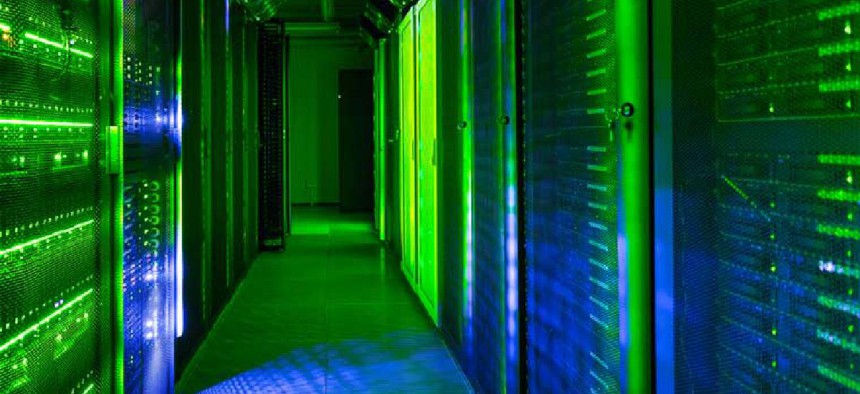How cloud can cut carbon emissions

Large-scale facilities can more efficiently manage power capacity, optimize cooling, leverage the most power-efficient servers and increase server utilization rates, a new report says.
Cloud computing is helping reduce the amount of carbon dioxide emissions, potentially preventing more than 1 billion metric tons of CO2 from 2021 through 2024, according to a forecast from International Data Corp.
According to the market research firm, a key factor in the reduction of CO2 emissions has been the aggregation of discrete enterprise data centers to larger-scale facilities that can more efficiently manage power capacity, optimize cooling, leverage the most power-efficient servers and increase server utilization rates. The savings vary by region and country, IDC said, with the opportunities for greatest gains in areas currently using coal for power generation, like the Asia-Pacific region.
Besides shifting to cleaner power sources, reducing wasted energy also plays a critical role. Cloud data centers optimize the physical environment to cut the amount of energy spent to cool the environment. “The goal of an efficient datacenter is to have more energy spent on running the IT equipment than cooling the environment where the equipment resides,” IDC said. Shifting workloads to locations that take advantage of renewable power sources such as wind and solar can also help lower CO2 emissions.
IDC based its analysis on data on server distribution, cloud and on-premises software use, third-party information on data center power usage, CO2 emissions per kilowatt-hour and emission comparisons of cloud and non-cloud data centers.
“If the percentage of green cloud datacenters today stays where it is, just the migration to cloud itself could save 629 million metric tons over the four-year time period,” IDC said. If all operating data centers were designed for sustainability by 2024, having adopted technology and processes to enable smarter data centers, then 1.6 billion metric tons could be saved.
The federal government has been pushing for energy efficiency. A June 2019 update to the Data Center Optimization Initiative calls for agencies to “consider opportunities for investments that may yield long-term savings through energy efficiency” by using Energy Star equipment, advanced metering and management tools and improving server utilization. In alignment with the Cloud Smart strategy, agencies are also directed to consider moving their systems to the cloud or co-located data centers and migrating to more optimized data centers within the agency's data center inventory.
"The idea of 'green IT' has been around now for years, but the direct impact of hyperscale computing can have on CO2 emissions is getting increased notice from customers, regulators, and investors and it's starting to factor into buying decisions," said Cushing Anderson, program vice president at IDC. "Designing datacenters from the ground up to be carbon neutral will be the real measure of contribution. And for advanced cloud providers, matching workloads with renewable energy availability will further accelerate their sustainability goals."
NEXT STORY: 3 ways agencies can restore cybersecurity trust





